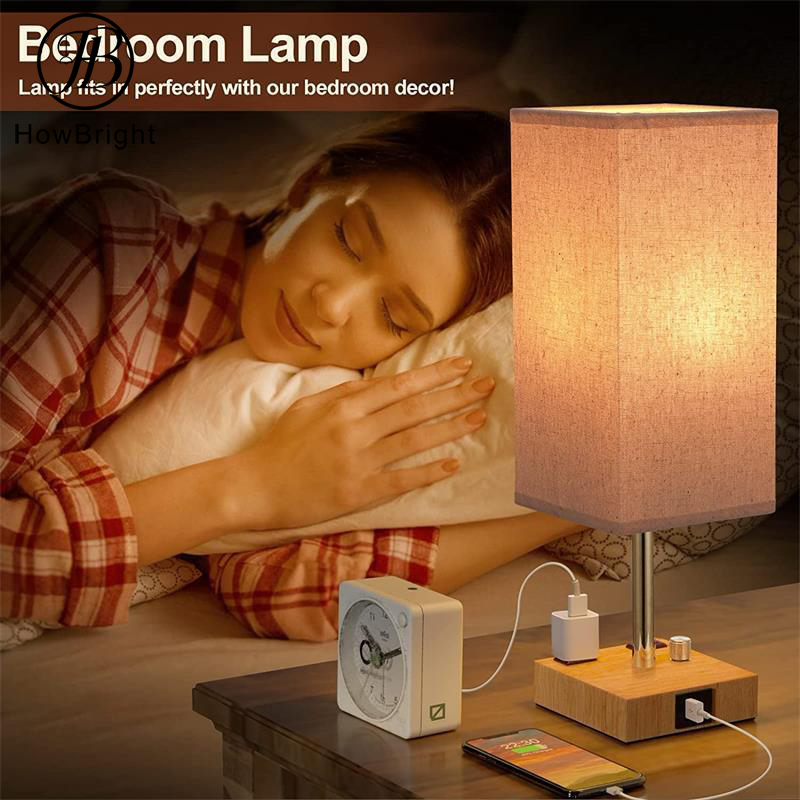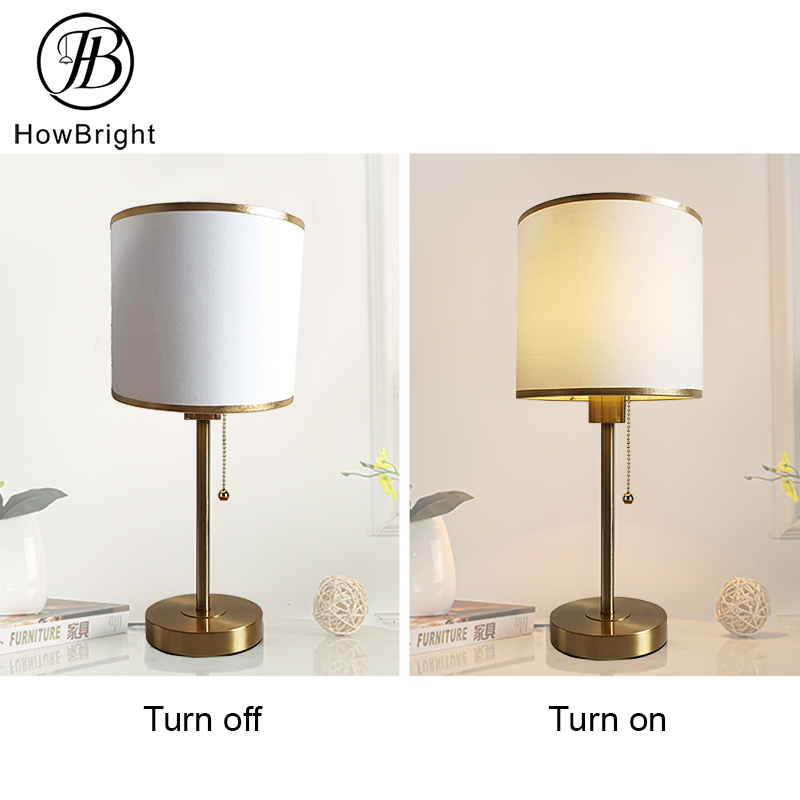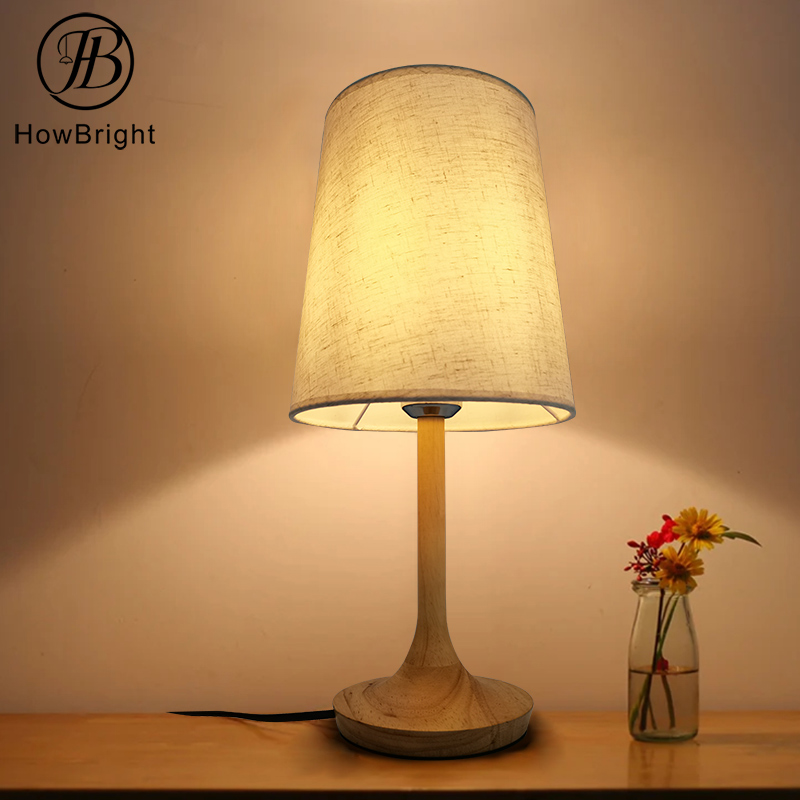How to choose a suitable desk lamp?
In the dazzling lighting market, choosing a suitable desk lamp seems to be a test. We need desk lamps for reading, working, and even as decorations in our homes. It should be practical and in line with personal taste and decoration style. Whether it is energy-saving LED light sources, designs with eye protection functions, or high-tech products that can be connected to smart home systems, there are many choices for desk lamps, but which one is the best partner for you? This article will take you through the considerations when choosing a table lamp to help you make an informed decision.
When choosing a LED table lamp, it is important to consider the following points: light source type and quality, desk lamp function, design and style, and desk lamp size and weight. Understanding these factors can help you choose a desk lamp that suits your needs.

The type of light source is the key to determining the quality of a desk lamp. Modern desk lamps mostly use LED light sources, which are energy-saving and durable. At the same time, the color rendering index (CRI) is a standard that describes the authenticity of the color displayed by the light source. The higher the CRI value, the better the light quality, which will have a positive impact on activities such as reading or homework. Color temperature defines the warm and cold tones of light. Natural light (3300K-5000K) is moderate and can effectively reduce eye fatigue. Therefore, when choosing a desk lamp, you should try to choose an LED lamp with a high CRI value and a suitable color temperature.
The functionality of the table lamp should also keep up with the needs. Do you need to adjust the light brightness? Do you prefer a touch switch or a traditional knob? Does the fixing method meet the usage scenario? For example, if the location of use changes frequently, it is more appropriate to choose a lightweight design that is easy to move. Some special functions, such as intelligent memory brightness or automatic brightness adjustment, are also important for personalized usage experience. Relatively speaking, if the needs are simple and just basic lighting, you can consider basic styles to meet daily needs
In terms of design and style, desk lamps not only provide lighting, but also serve as part of home decoration. Various design styles such as minimalist style and industrial style can be selected according to personal taste and home decoration style. At the same time, materials are also the key to determining appearance and texture. Materials such as ABS, alloy and acrylic have their own characteristics.
The size and weight of the desk lamp are directly related to the placement and ease of transportation. You need to consider the size of the tabletop where the lamp is placed, and whether the lamp needs to be moved frequently. Choosing a lamp with the right size and weight will be more suitable for changing spaces and user needs. For example, a child's room may be more suitable for a small and lightweight lamp, while a lamp permanently placed in a reading corner can choose a style with a more stable material and a larger size.
In summary, let's take a look at how to choose a suitable lamp:

1. Lighting
1.1 Illuminance: The closer to natural light, the better.
How to look at the illuminance? Look at the color rendering value: the higher the value, the better. The spectral color rendering value ranges from 1 to 100, and the larger the value, the better. Generally, Ra>90 is relatively excellent.
1.2 Light uniformity: the more uniform, the better.
What effect will uneven lighting have on vision? The round part in the middle of our eyeball is called the pupil. The pupil will constantly adjust according to the intensity of the ambient light to adapt to the environment. A very common scenario is: "If you suddenly turn on the light when sleeping at night, you will feel glaring, and your pupils will shrink to reduce the amount of light shining into your eyes." Imagine if the light on the study table where a child does homework or reads books is uneven, with one area bright and another dark. Then when the child looks at the bright area, the pupil will shrink; when the child looks at the dark area, the pupil will dilate (in order to get more light to adapt to the environment). The pupil keeps adjusting, dilating and shrinking. This can easily lead to eye fatigue, and myopia is easy to occur.
1.3 Bright enough but not glaring. If the light is not bright enough, the pupil will keep dilating, and the eyes will easily fatigue. If the light is too strong, it will cause glare, and the pupil will keep shrinking, which is also very easy to cause myopia.
2. Harmless to the human body What? A desk lamp can be harmful to the body? This is not true. Whether it is flickering, blue light or electromagnetic radiation, inferior desk lamps will cause harm to physical health. Moreover, if the light flickers, the most direct impact is that it will make the child unable to concentrate, which not only affects the child's eyesight, but also directly affects the child's learning efficiency. For desk lamps without flicker, the power drive configuration will be better, so the price will generally be relatively expensive. You get what you pay for. If the study desk lamp is too cheap, the production process will not use good accessories because the cost needs to be reduced. You don't have to buy a very expensive study desk lamp, but don't buy a very cheap one.

3. How to quickly identify the quality of a desk lamp?
3.1 Look at the light
Light and light uniformity test: Turn on the desk lamp to see if the range it illuminates is large enough and whether the brightness is uniform.
Color rendering test: You can take a picture book, preferably an art enlightenment picture book, because the pictures in such picture books are rich in color, turn on the light to observe the color of the picture. Then observe the painting under natural light. The closer the color of the picture displayed by the desk lamp is to the color under natural light, the better. Too much color difference will affect children's perception of color.
Generally, when the color rendering value Ra≥95, the color of the picture is very close to natural light, and the color will be more realistic.
Flicker and dizziness test: The desk lamp should not make you feel uncomfortable, nor should it flicker or make you feel dizzy.
3.2 Look at the label
The label must have the [CCC certification mark] and [CQC certification mark].
After reading this, I believe everyone should know how to choose a suitable desk lamp.
